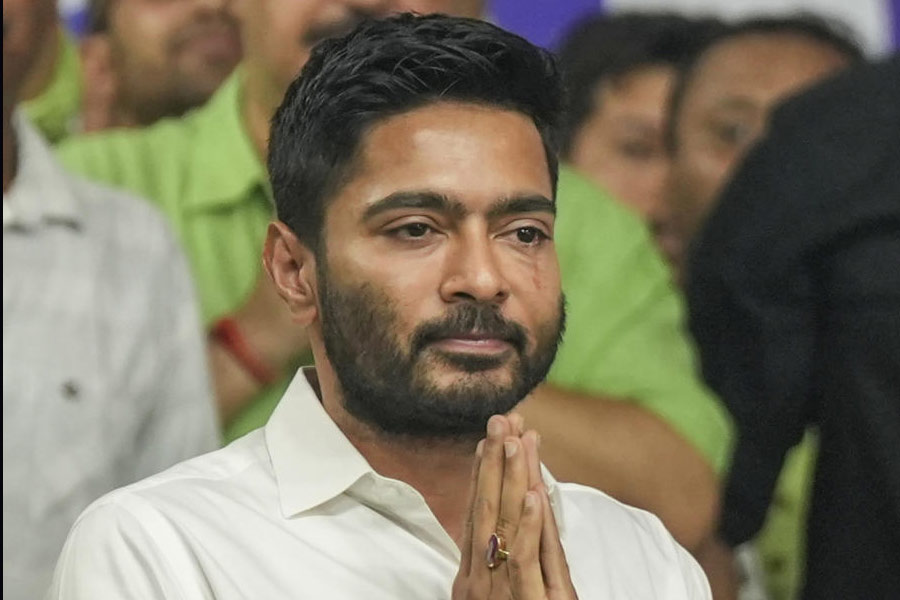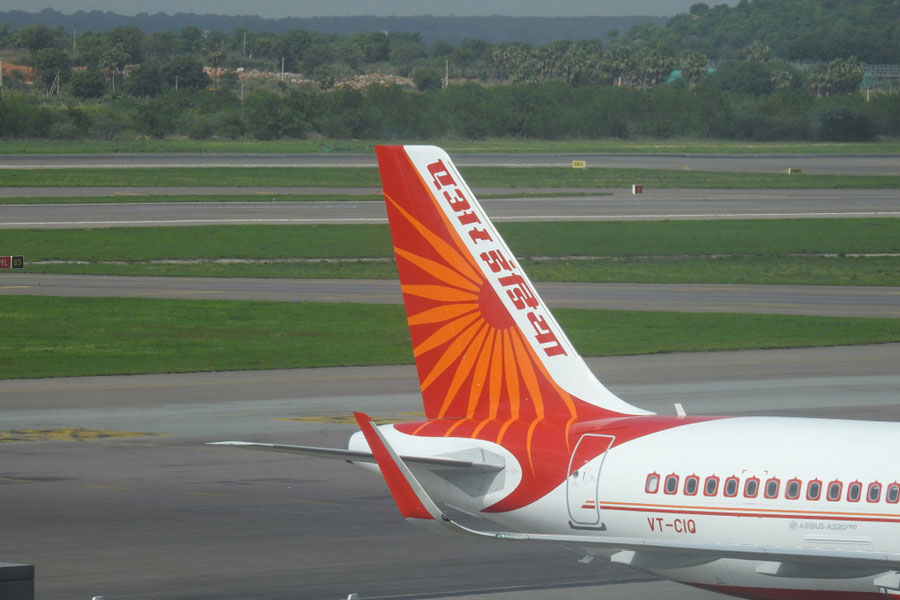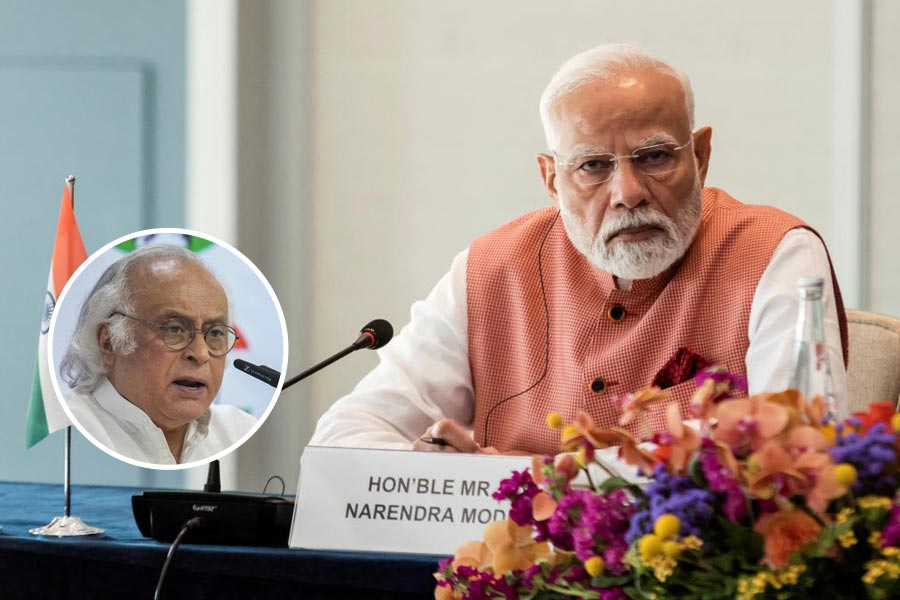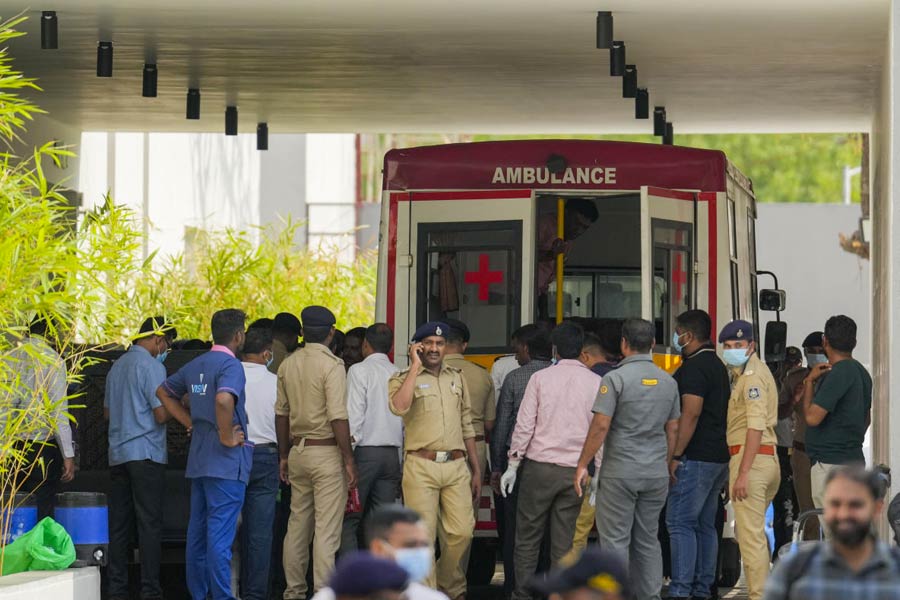Patna, April 3: The Nitish Kumar government today released a white paper on 15 years of ?financial misrule? by the governments of Lalu Prasad and Rabri Devi.
The move left the Rashtriya Janata Dal seething, but in isolation, as no other Opposition party contested the merit of the description.
The document was formally laid before the Assembly by finance minister Sushil Kumar Modi and the RJD members boycotted the proceedings on the pretext that its tabling had not been listed on the day?s agenda.
The deputy chief minister denied the paper intended to put any previous government in the dock. ?We have no such objective. The paper tells us about our financial condition. It will form the guiding principle of our government in building a new Bihar. It will also help us take corrective measures,? Modi said.
The paper is a comparative review of progress vis-?-vis development indicators and the growth performance of the economy since the early Nineties. It also analyses the health of public finances besides the state?s performance in core infrastructure sectors.
The big conclusion is that an overriding negativism guided Bihar?s development story in the past 15 years.
?Bihar is generally worst off among all major states in all development indicators. There is progress but it is very slow. The rate of progress in primary enrolment, female to male literacy and access to sanitation is disappointing. The state will not be able to achieve the desired norms even by 2015 as per the current rate of progress. The situation in rural areas is even more acute,? the document said.
The GDP growth rate during the Eighties was 4.9 per cent, below the national average of 5.4 per cent, and then no growth at all during the first half of the Nineties. From 1994-95 to 2000-01, the growth rate averaged 3.8 per cent against the national figure of 6.1 per cent.
?Agriculture now represents about 39 per cent of the gross state domestic product (GSDP), industrial sector only 12 per cent and the tertiary sector about 49 per cent of the GSDP. The unsatisfactory performance in agriculture, the state?s most important sector, is responsible for the low aggregate growth rate. The most serious impediment to the state?s growth has been the shortage of investment from public and private sources,? the paper read.
Rising non-development expenditure was a major roadblock. ?The government has debt liability of Rs 42,483 crore. This is serious. In 2004-05, the state paid Rs 3,474 crore on account of interest only while its own income was just Rs 3,765 crore. While interest payment consumed almost 29.2 per cent of the state?s total income, pension burden accounted for 18 per cent and salary payment another 37.3 per cent,? Modi said.
The paper pointed out that the state hardly spent anything on development from its own income. Whatever was spent was either from the grants-in-aid from the Centre or from market loans.
Plan expenditure came down from Rs 1,472 crore in 1990-91 to Rs 1,211 crore in 1995-96. It achieved the highest level of Rs 3,476 crore in 2004-05, which, still, was very low at Rs 424 per capita.










